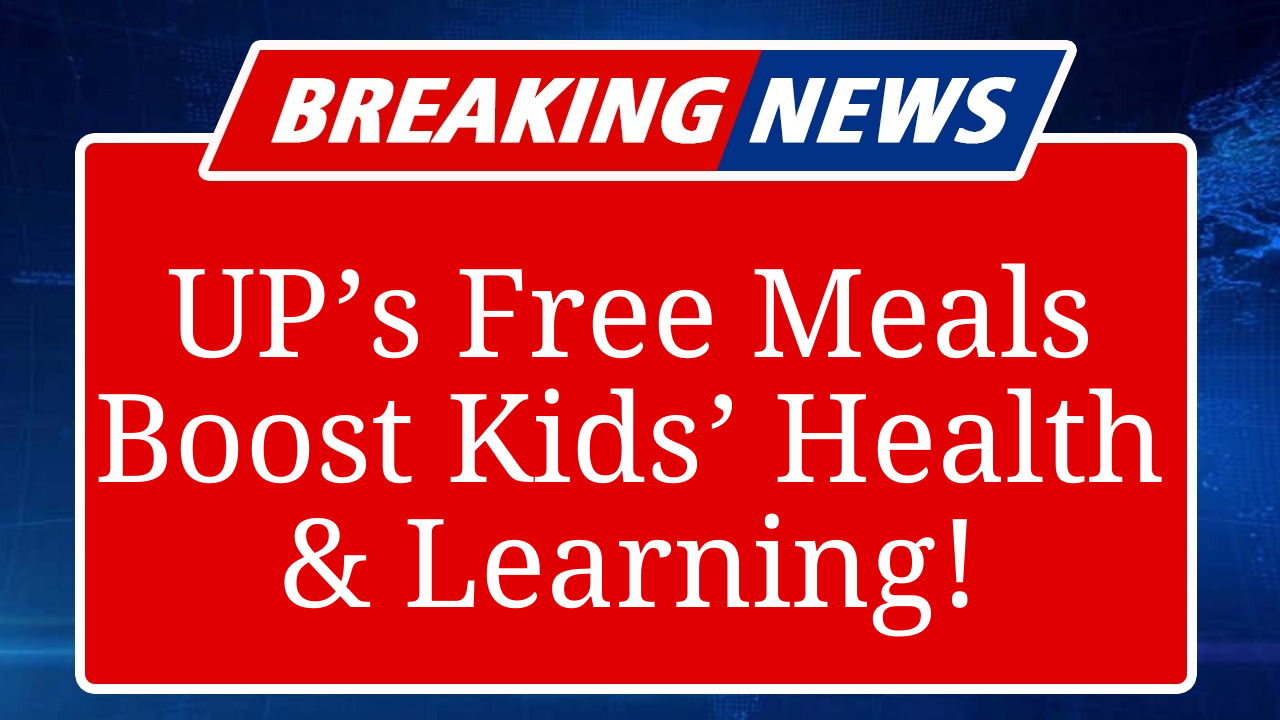Uttar Pradesh has scaled up its free school meal programme under the PM Poshan Scheme, targeting 2 crore students to combat malnutrition and improve school attendance. The initiative now includes fortified meals and eggs to enhance nutritional value, addressing the state’s high stunting rates. Challenges like food inflation and infrastructure gaps persist, but the expansion aims to uplift health and education outcomes.
Uttar Pradesh Bolsters Free School Meal Programme to Fight Malnutrition
Uttar Pradesh, India’s most populous state, has intensified efforts to address child malnutrition by expanding its free school meal programme under the PM Poshan Scheme, previously known as the Mid-Day Meal Scheme. As of September 2025, the initiative now covers over 2 crore students across government and government-aided primary and upper primary schools, making it one of the largest such programmes in the country. The expansion focuses on providing nutrient-rich meals to improve health, cognitive development, and school retention, particularly for children from economically disadvantaged backgrounds.
The programme, which began in 1995 as the National Programme of Nutritional Support to Primary Education, mandates hot cooked meals with a minimum of 450 calories and 12 grams of protein for primary students and 700 calories and 20 grams for upper primary students. In Uttar Pradesh, where 36% of children under five are stunted and 32.1% are underweight, according to the National Family Health Survey (2019-2021), the state government has introduced fortified rice enriched with micronutrients like iron and zinc to address nutritional deficiencies. Additionally, 14 districts have started providing eggs twice a week, a move aimed at boosting protein intake, despite resistance from some religious groups advocating vegetarianism.
The expansion aligns with India’s broader commitment under the National Food Security Act, 2013, to ensure adequate nutrition for children. By including pre-primary students and extending meal provision to 200 school days annually, Uttar Pradesh aims to tackle the state’s ranking of 101 on the 2021 Global Hunger Index. Educators report that the programme has increased school attendance by 10-15% in rural areas, as meals often serve as the primary source of nutrition for many students. For instance, in Sitapur district, teachers have noted improved concentration among students who previously arrived at school hungry.
However, challenges remain. Food inflation, averaging 6.3% between June 2020 and June 2024, has strained budgets, with the per-student meal allocation of ₹5.45 for primary and ₹8.17 for upper primary unchanged since October 2022. Schools in districts like Mirzapur have reported substituting nutritious vegetables with cheaper alternatives like pumpkin to manage costs. Infrastructure issues, including delays in ingredient deliveries and inadequate kitchen facilities, further complicate implementation. In some schools, teachers have resorted to purchasing food out of pocket to ensure students are fed.
The state government is addressing these hurdles by partnering with non-profits like the Sri Sathya Sai Annapoorna Trust, which supplies meals to over 1 million students in Uttar Pradesh. Plans are underway to upgrade kitchen infrastructure and train cooks to adhere to updated nutritional guidelines. Experts, including nutritionist Rita Bhatia, emphasize that consistent access to protein-rich foods like eggs could reduce stunting by 10% over a decade, citing Tamil Nadu’s success where eggs are provided daily.
The programme’s impact extends beyond nutrition. A 2025 study published in MARGIN: The Journal of Applied Economic Research found that students receiving mid-day meals were 20% more likely to stay in school past Grade 8, highlighting the scheme’s role in reducing dropout rates. In Uttar Pradesh, where female literacy lags at 59% compared to the national average of 70%, the meals act as an incentive for girls’ education, particularly in rural areas.
Despite these gains, critics argue that the programme’s nutritional quality must improve to meet global standards. A UNESCO report from March 2025 underscored that 27% of school meals worldwide, including in India, lack input from nutritionists. In response, Uttar Pradesh is revising its School Food Standards to incorporate more fresh, locally sourced produce and limit processed foods. The state is also exploring public-private partnerships to ensure sustainable funding and scalability.
The expansion of free school meals in Uttar Pradesh represents a critical step toward addressing systemic malnutrition and educational disparities. By prioritizing fortified foods and overcoming logistical challenges, the state aims to create a healthier, more educated generation, though sustained investment and policy support will be key to realizing this vision.
Disclaimer: This article is based on recent news reports, government data, and studies from sources like the National Family Health Survey, UNESCO, and MARGIN: The Journal of Applied Economic Research. Information is accurate as of September 2025, but implementation details may vary across districts. Readers are advised to verify with official sources for the latest updates.

